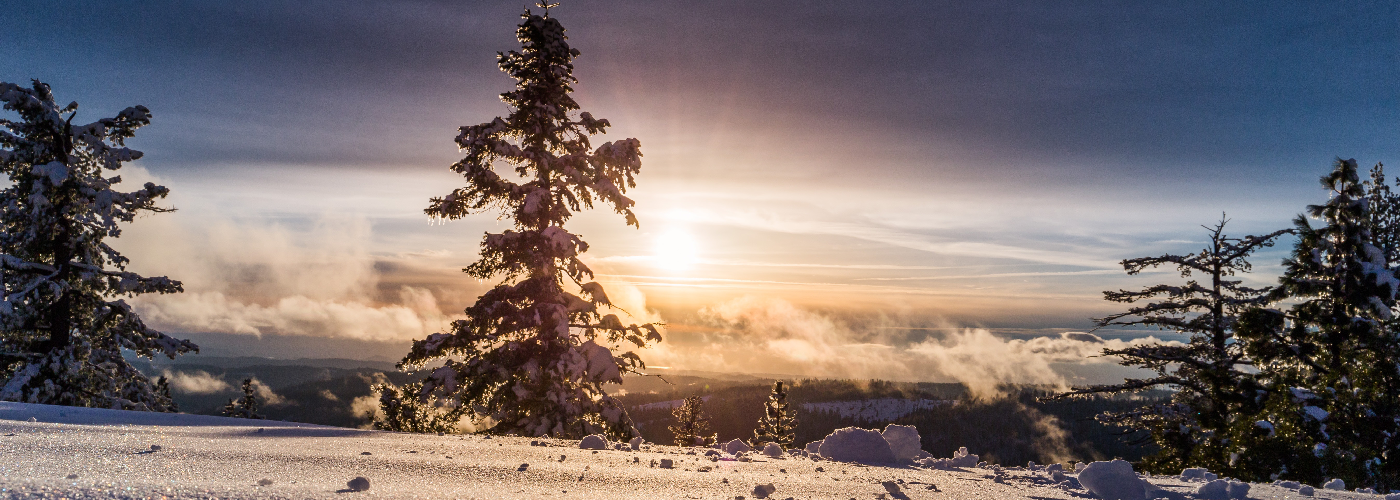

Each fall, the changing colors of the forests are an exciting spectacle to behold. Then, once the trees are bare and the leaves have been raked up, the first snows of the season are anticipated. Some years the first snows arrive before the leaves have fallen, and other years, it may occur much later. The first snowfall of the season is defined as the first snow event that accumulates to .01 inches or greater. While the first snow event of the season is looked upon with dread by some, for others it fosters excitement for the upcoming outdoor winter sports season.
In order to find the “typical” time frame that the first snow occurs, data collection over a 30 year period was needed. During the years of 1981 to 2010, the first snows of the season were collected across the Plains. After the data was collected, the first snow dates were listed chronologically for each site, and the snowfall date that landed in the middle of all the dates for the site was recorded. This date is called the median date. This gives a ballpark idea of when the first snowfall of the season can be expected in a given location each year.
The folks at NOAA compiled this data and plotted the “median” first snow date for each location across the United States. As expected, the first snows of the season occur much earlier in the northern Rockies, as some of the higher elevations in Colorado have seen it by the end of September most years. Further east, in Minnesota, the median date for the first snow of the season ranges from mid-October near International Falls, to early November in the Minneapolis/St. Paul area.
In the Twin Cities, the average date of the first snow of an inch or more (calculated from data collected from 1891 to 2015) is November 18th. The earliest snow of 1 inch or more occurred back on September 26th of 1942, while the latest first one inch snowfall on record occurred on January 9th of 1945!
